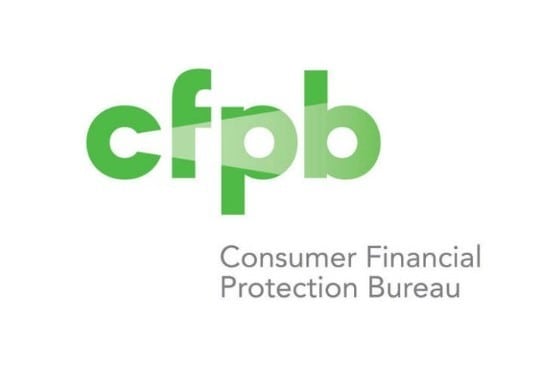In the Consumer Finance Protection Bureau’s Annual Fair Lending Report released earlier this year, the CFPB announced it is close to finalizing rule changes regarding the collection and reporting of data on small business lending.
“Because small businesses are the backbone of our economy,” Patrice Ficklin, director of the office of fair lending, said in the press release accompanying the report, “we are focusing on how to make sure small business owners, including women-owned and minority-owned businesses, can better access lending.”
Since 2015 the CFPB has been working on amending the Equal Credit Opportunity Act to require lenders to report on a number of new data points for small business loans including:
- Date of the application
- Purpose of the loan
- Amount of credit or credit limit applied for and approved
- Date and type of any actions made on the application
- Census tract in which the place of business is located
- Gross annual revenue of the applicant in the year preceding the application
- Race, gender and ethnicity of the business owners
This increased need for collecting and reporting data obviously has implications for fair lending and compliance professionals – not just in the new volume of information they will be required to report, but also in the ways that data may be used to enforce fair lending regulations.
Getting ready
While no official date has been set for the implementation of these new rules, in early May CFPB Director Richard Cordray announced at a field hearing that the Bureau is now requesting information from industry leaders to prepare to begin capturing this information.
Specifically, the Bureau is looking for information in three key areas:
Defining small businesses – The Bureau is still determining how a “small business” is best defined. While the Small Business Administration may look at number of employees or annual profits as indicators, the Bureau is looking for information regarding the definitions financial companies use to classify businesses.
Categories of Data — In addition to the long list of requirements the Bureau is already interested in collecting about loans to small businesses, it is also asking for input on other data financial institutions are already utilizing to monitor the loans they are making.
Access and Types of Credit — The CFPB also wants to know what kinds of loan products small businesses seek out and where they go to apply for them. Initial research seems to show that term loans, lines of credit and credit cards are the main financing source for small businesses.
How will this affect your institution?
In addition to the need to implement processes to gather and report on these new data points, some are speculating that an increase in data could lead to an increase in scrutiny for small business lenders.
Banking Exchange reports that these changes are likely to most effect community banks as these institutions hold a disproportionate amount of credit for small businesses. According to the CFPB, banks with less than $10 billion in assets hold 50% of loans for small businesses across the industry.
As is the case with compliance for all loan products that fall under the CFPB’s regulatory authority, a consistent, cohesive monitoring program is essential to ensuring your institution is collecting the appropriate data, reporting it well and – most importantly – identifying problem areas before regulators do.
If you have questions as to how your institution can best prepare for these changes or implement a monitoring program to stay ahead of any new regulations, as always Preiss&Associates would be happy to be of help.
